Your Milk Is Probably Going Bad Faster Than It Should Be. Here’s Why.
I’ve spent a long time working in professional kitchens, and if there’s one thing I’ve learned, it’s how easily we mishandle common ingredients. And honestly, nothing gets the short end of the stick quite like a simple carton of milk. We treat it with a casualness we’d never apply to raw chicken, but the same rules of time and temperature are just as critical.
In this article
So many of us think that as long as the milk is in the fridge and we use it by the date on the carton, we’re golden. But here’s the thing: that date is only a guarantee if you’ve done your part. It assumes the milk has been kept perfectly cold from the dairy to your glass. Every little mistake—a long, warm car ride home, or storing it in the wrong part of your fridge—is chipping away at its freshness and safety.
My goal here isn’t to make you paranoid. It’s to share some simple, pro-level knowledge that turns milk storage from a random chore into an easy, effective habit. Let’s get into the why behind it all, so your milk always tastes fresh and stays safe.
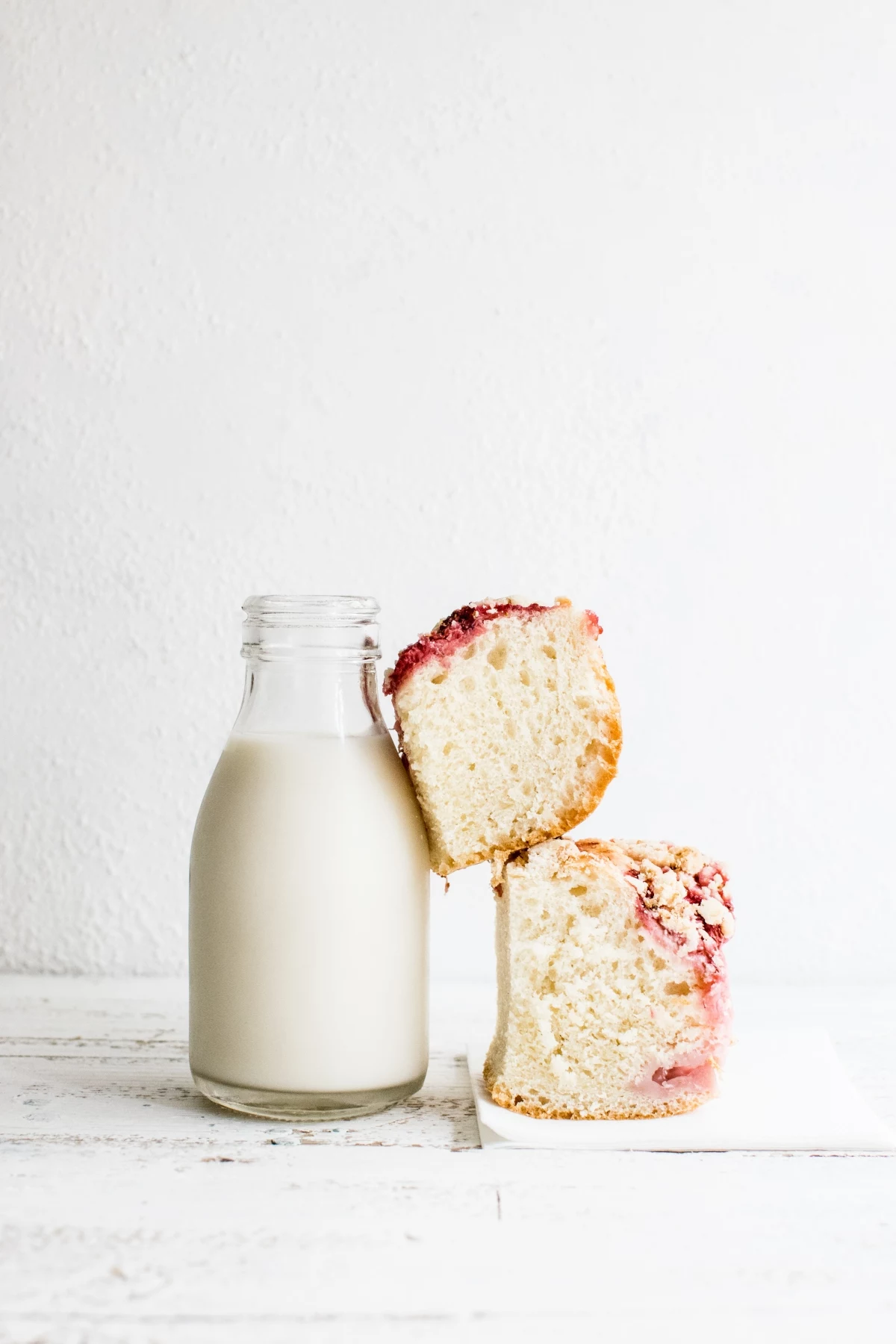
Why Milk Goes Bad: The Unseen Battle in Your Fridge
First off, what exactly is milk? It’s mostly water, but it’s also packed with lactose (a sugar), proteins, and fats. This nutrient-rich mix is basically a five-star buffet for microorganisms, especially bacteria.
The whole point of pasteurization is to knock out most of the bad guys. During this process, milk is heated to a high temperature for a short time—think around 161°F (72°C) for 15 seconds. This is great for killing harmful pathogens, but it’s not full-on sterilization. A few hardy, cold-loving bacteria (called psychrotrophs) survive. They can’t hurt you, but they are the culprits behind spoiled milk, and they can grow, albeit slowly, in the cold.
This is where temperature becomes your number one tool. You’ve probably heard of the food “Temperature Danger Zone,” which is a range between 40°F and 140°F (4°C to 60°C). In this zone, bacteria can double in as little as 20 minutes. Your goal is to keep milk well below that, ideally between a chilly 34°F and 38°F (1°C to 3°C). At these temps, those spoilage bacteria basically go into hibernation, which is what keeps your milk fresh for longer.
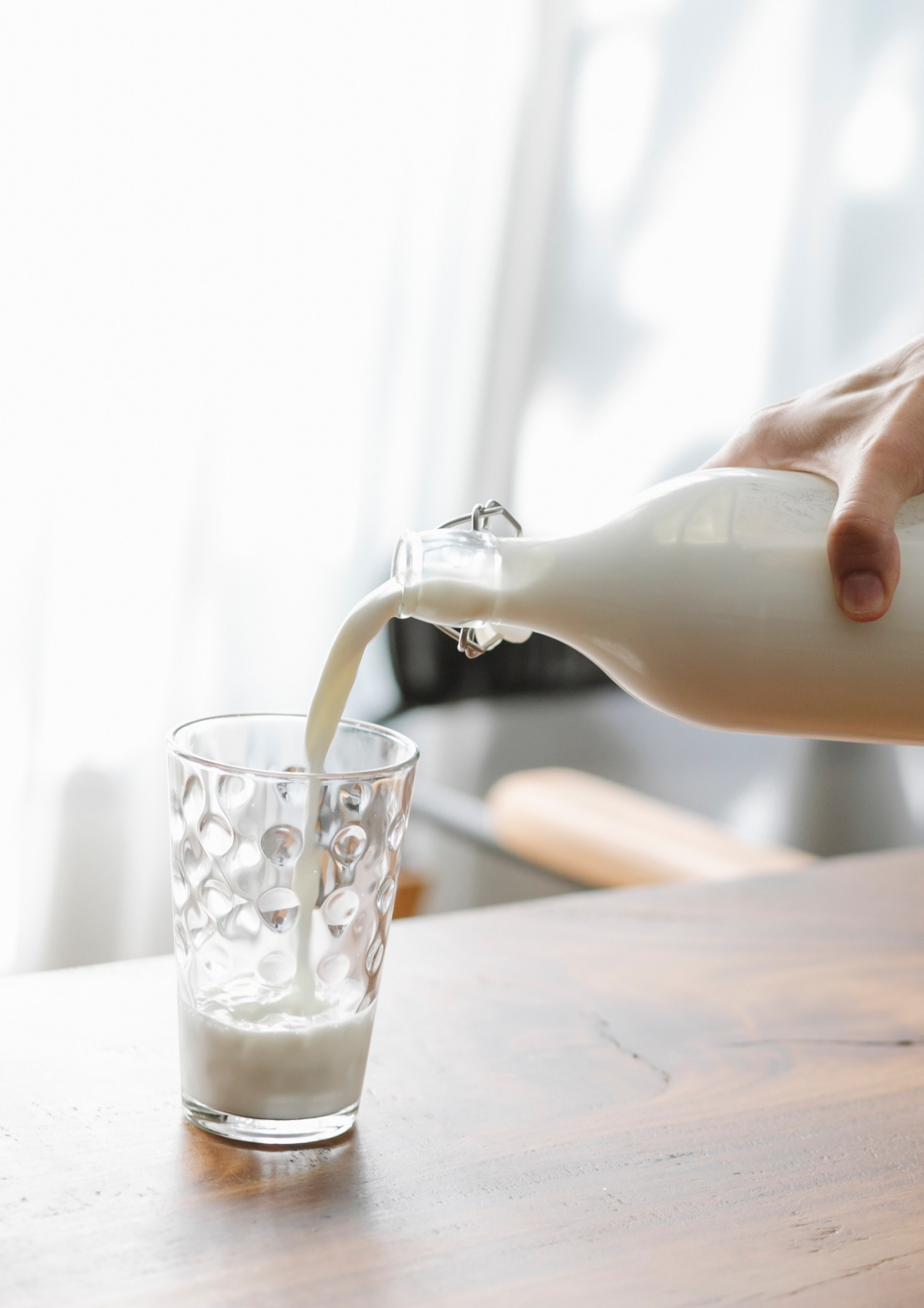
But wait, there’s another enemy: light. Light, especially the fluorescent kind you see in supermarkets, can cause something called photodegradation. It breaks down nutrients like vitamin B2 and causes the fats in the milk to develop some really unpleasant off-flavors. I once consulted for a small café that kept their milk in clear glass pitchers in a display fridge. Customers were constantly complaining that the milk tasted like cardboard. The problem was the constant light exposure. As soon as we switched to opaque pitchers, the complaints stopped. It’s the same reason milk comes in opaque cartons or colored plastic jugs!
Pro-Level Milk Handling You Can Use at Home
In a pro kitchen, we live by a principle called the ‘cold chain’—an unbroken path of refrigeration from the farm to the fork. You can easily adopt this mindset. It just takes a few small tweaks to your routine.
Before we dive in, here are three simple things you can do right now to instantly improve your milk’s shelf life:
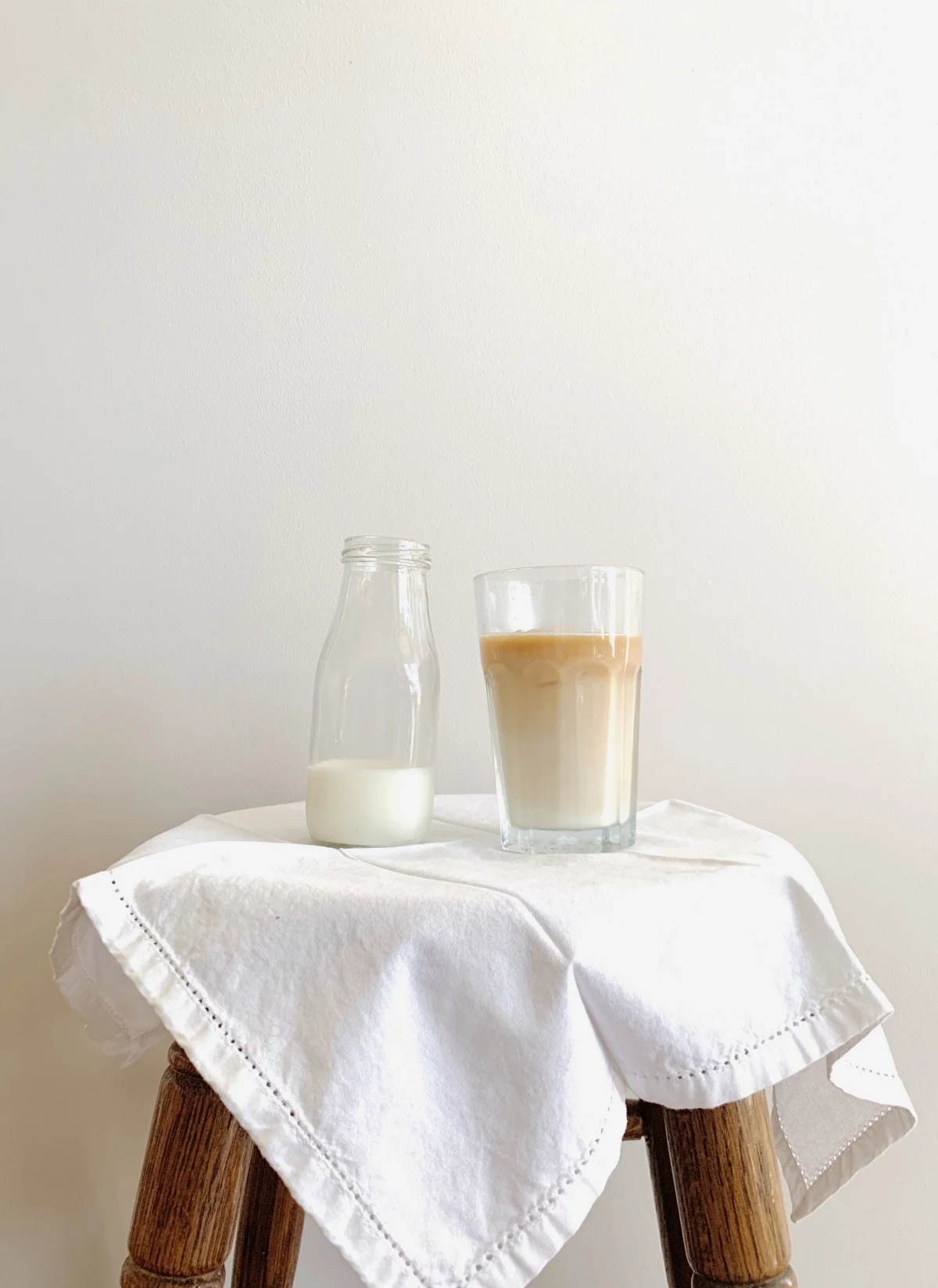
- Move your milk. Go to your fridge right now and move the milk from the door to a lower shelf, toward the back. Seriously, do it now!
- Grab a marker. Get a permanent marker and keep it near the fridge. From now on, write the date you open a carton directly on it. This is the simplest way to keep track.
- Order a thermometer. Hop online and buy a refrigerator thermometer. They’re usually less than $10 on Amazon or at stores like Target, and it’s the only way to know if your fridge is actually cold enough.
1. The Grocery Store Run: Your First Mission
The cold chain starts the moment you’re in the grocery store. Make milk and other dairy items the absolute last things you grab before you head to the checkout. Every minute that carton sits in your cart, it’s warming up.
When you get to the dairy case, be strategic. Reach into the very back for a carton. The ones in the front get hit with warm air every time the door opens. The ones in the back are consistently colder. Oh, and give a quick glance at the thermometer inside the case. If it’s reading above 40°F (4°C), I’d honestly consider buying milk somewhere else that day.
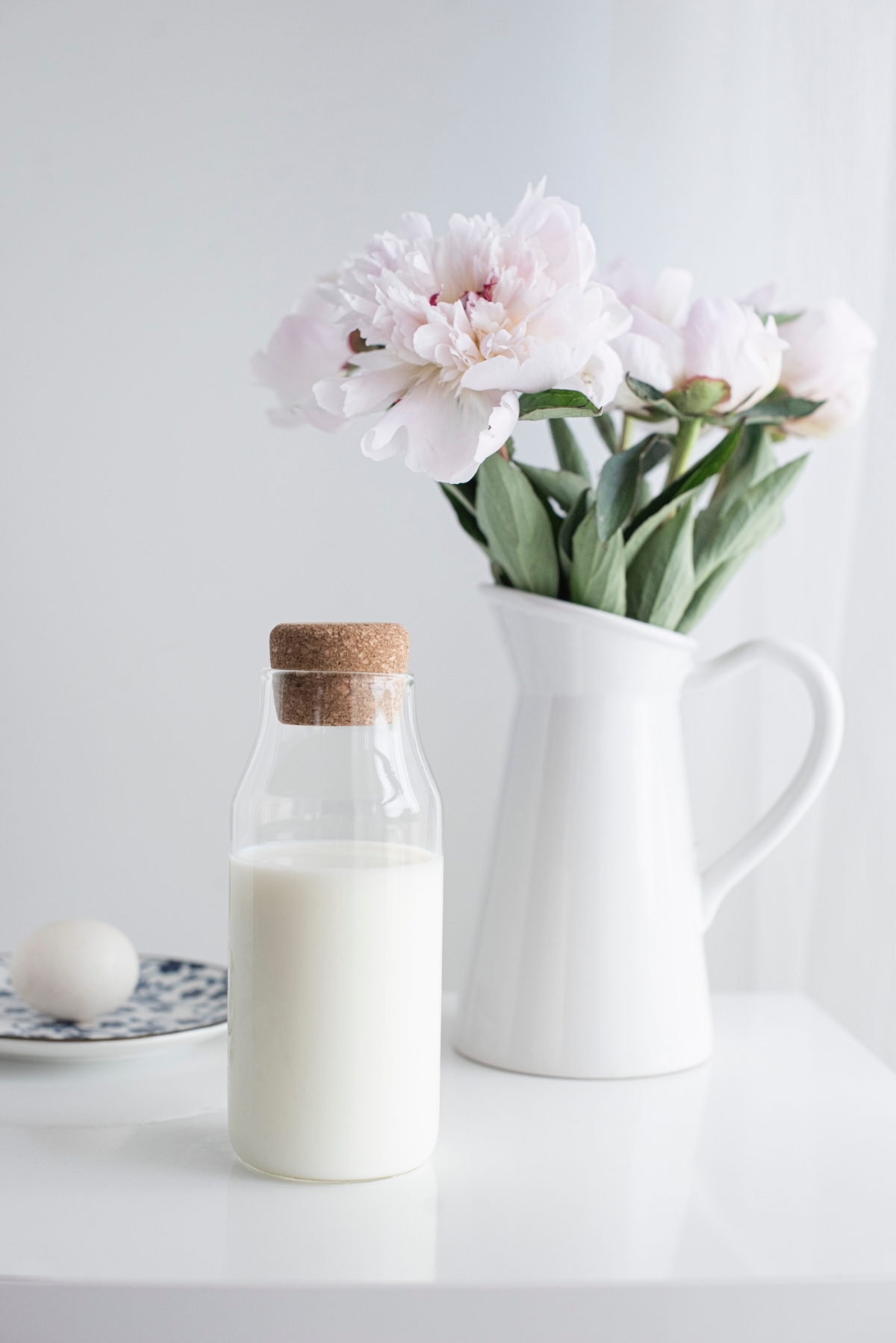
The trip home is the most vulnerable point. To be frank, a hot car is milk’s worst enemy. A great, simple investment is a ‘milk safety kit’ of sorts: an insulated cooler bag and a reusable ice pack. You can get a good bag for $15-$25 and a pack for a few bucks. This isn’t being paranoid; it’s just smart. As a general rule, you want to get your milk from the store’s fridge to your home fridge in under an hour. If you live somewhere hot, cut that time in half.
2. Fridge Placement: Why the Door is the Worst Spot
Okay, let’s talk about the single biggest mistake people make: storing milk in the refrigerator door. I know, I know, some fridges are even designed with a gallon-sized spot right there! But the door is, without a doubt, the warmest part of your fridge. Every time you open it, all the items in the door are blasted with warm air from your kitchen.
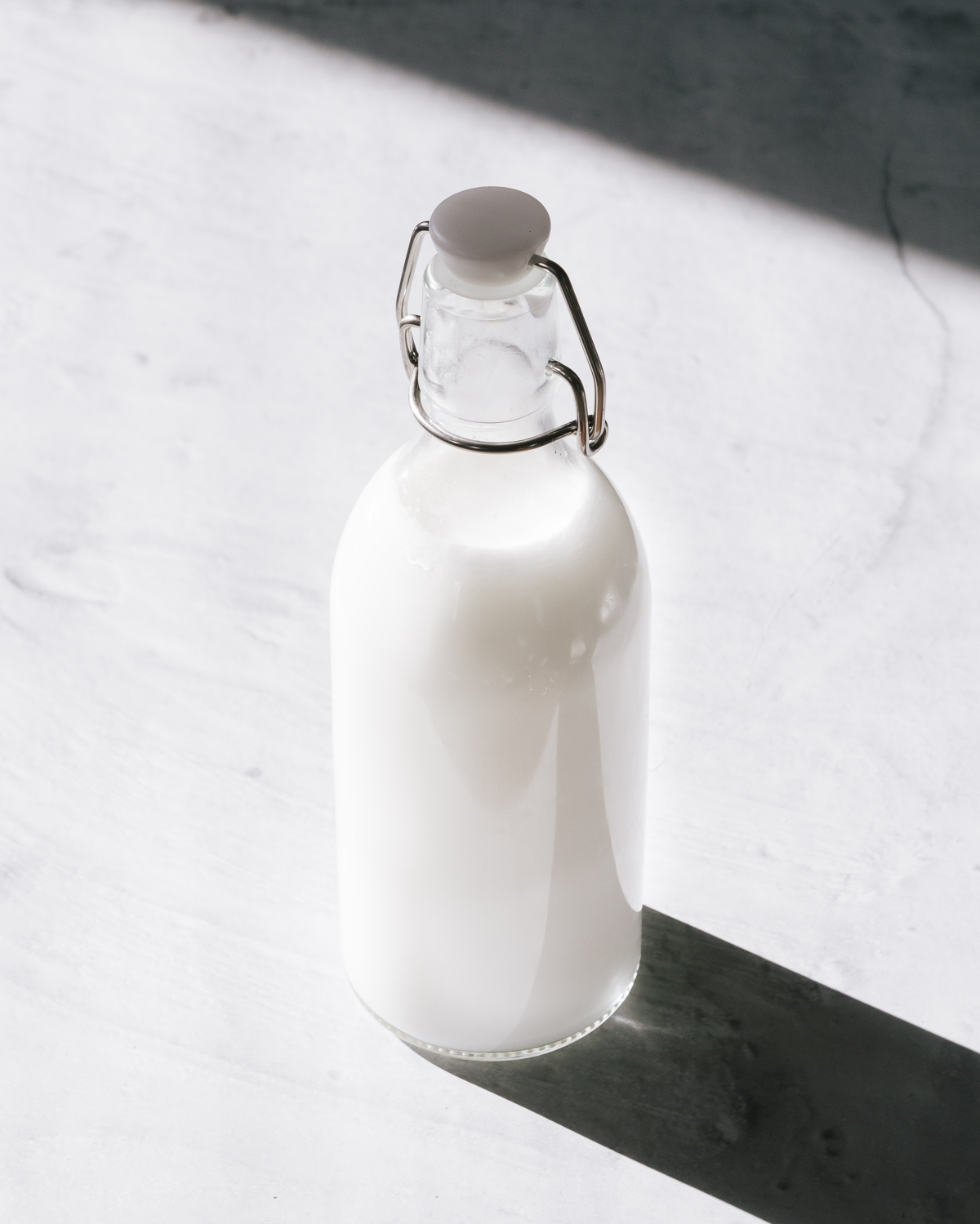
The best place for milk is on a lower shelf, as far back as it can go. It’s coldest and most stable there.
So what do you do if the gallon jug only fits in the door? You’ve got a couple of options. The best one is to start buying smaller containers, like half-gallons or quarts, that can fit on a proper shelf. If that’s not practical for your family, you can make a compromise: turn your fridge’s temperature down a notch to help compensate for the warmer door spot. But your first choice should always be to get it out of the door.
And please, don’t just trust your fridge’s dial. Get one of those cheap thermometers I mentioned. For the most accurate reading, place it in a glass of water on the middle shelf and leave it for a few hours. Adjust your fridge until that thermometer consistently reads below 40°F.
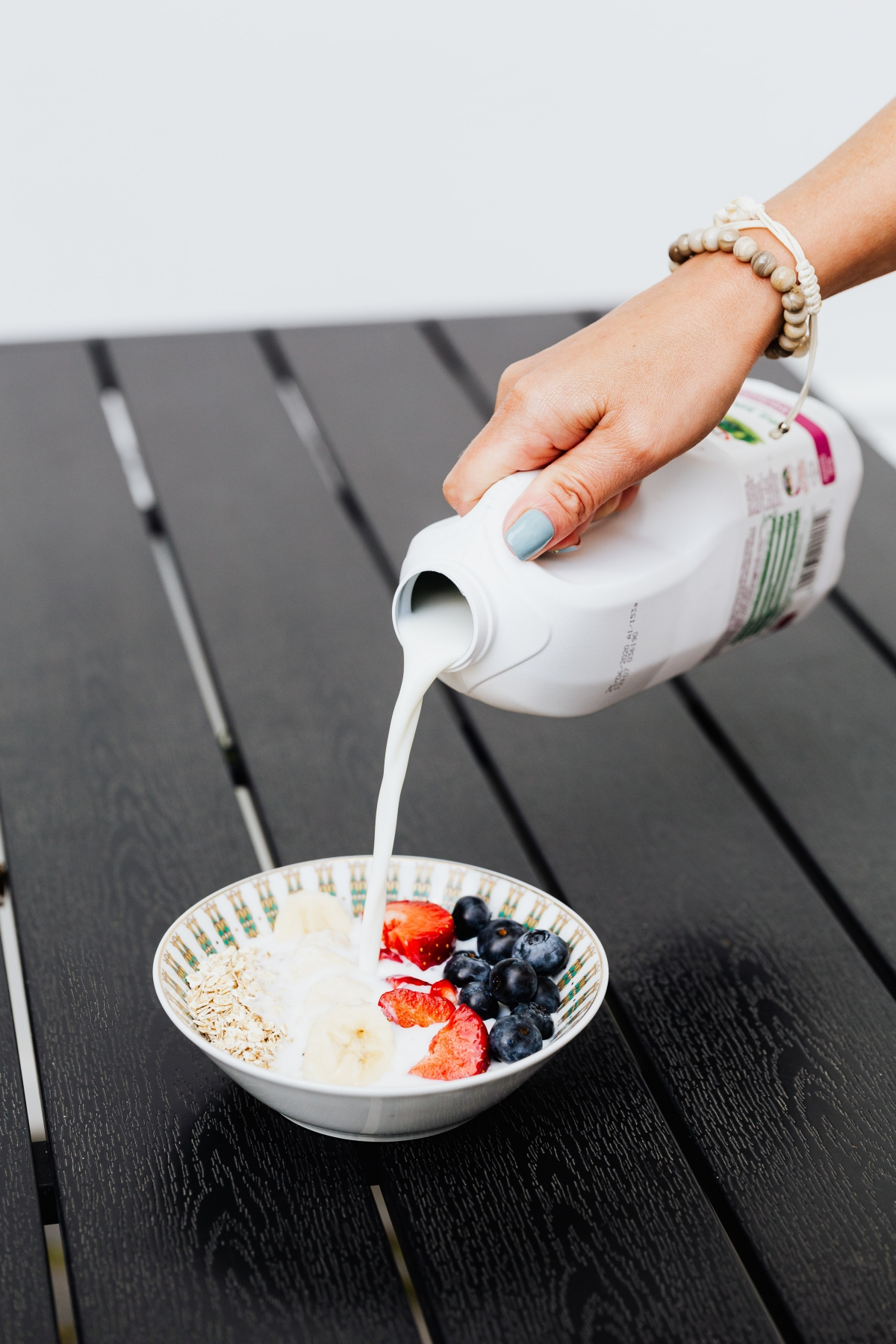
3. Container Smarts: Keep It Clean and Sealed
The original container is designed for a reason—it’s sealed and protects the milk from light and air. Once you open it, new rules apply.
Always screw the cap on tight or fold the carton closed securely. An open container is a magnet for airborne bacteria and, just as bad, odors from other foods. Milk is a sponge for smells. I once had to toss five quarts of expensive cream because someone stored it next to a cut onion in the walk-in cooler. The cream was completely ruined. So keep your milk sealed and far away from things like garlic, onions, or leftover fish.
Heads up! A common but terrible habit is pouring the last little bit of an old carton into a brand new one. Don’t do it! You’re essentially contaminating the fresh milk with the higher bacteria load from the old milk, which will make the new carton spoil way faster. Finish one, then open the next. Simple as that.

Not All Milks Are Created Equal
It’s also good to know a little bit about the type of milk you’re buying, because they don’t all behave the same way.
- Pasteurized Milk (Whole, 2%, Skim): This is your everyday milk. All the advice about temperature and light applies directly. Fat content doesn’t really change the storage rules, though some people find skim milk goes sour a bit quicker.
- UHT (Ultra-High Temperature) Milk: This stuff is a different beast. It’s heated to an extremely high temperature (around 280°F or 138°C), making it sterile. Unopened, it can sit in your pantry for months. But the moment you open it, the magic is gone. It must be refrigerated immediately and treated just like fresh milk. It will spoil at a similar rate once opened.
- Plant-Based Milks (Oat, Almond, Soy, etc.): These also need to be refrigerated after opening. They are definitely susceptible to spoilage. The most common sign is a slimy or unusually thick texture and a sour smell. Some separation is normal, so always give it a good shake. But if it stays lumpy or smells off after shaking, it’s time to toss it.
- Raw Milk: A quick but important word on this. Raw milk has not been pasteurized, which means it can contain dangerous bacteria that are otherwise killed off. From a professional food safety standpoint, it’s a high-risk product. It has a much shorter shelf life and requires extreme care with temperature. If you choose to use it, be sure to check your local health regulations.
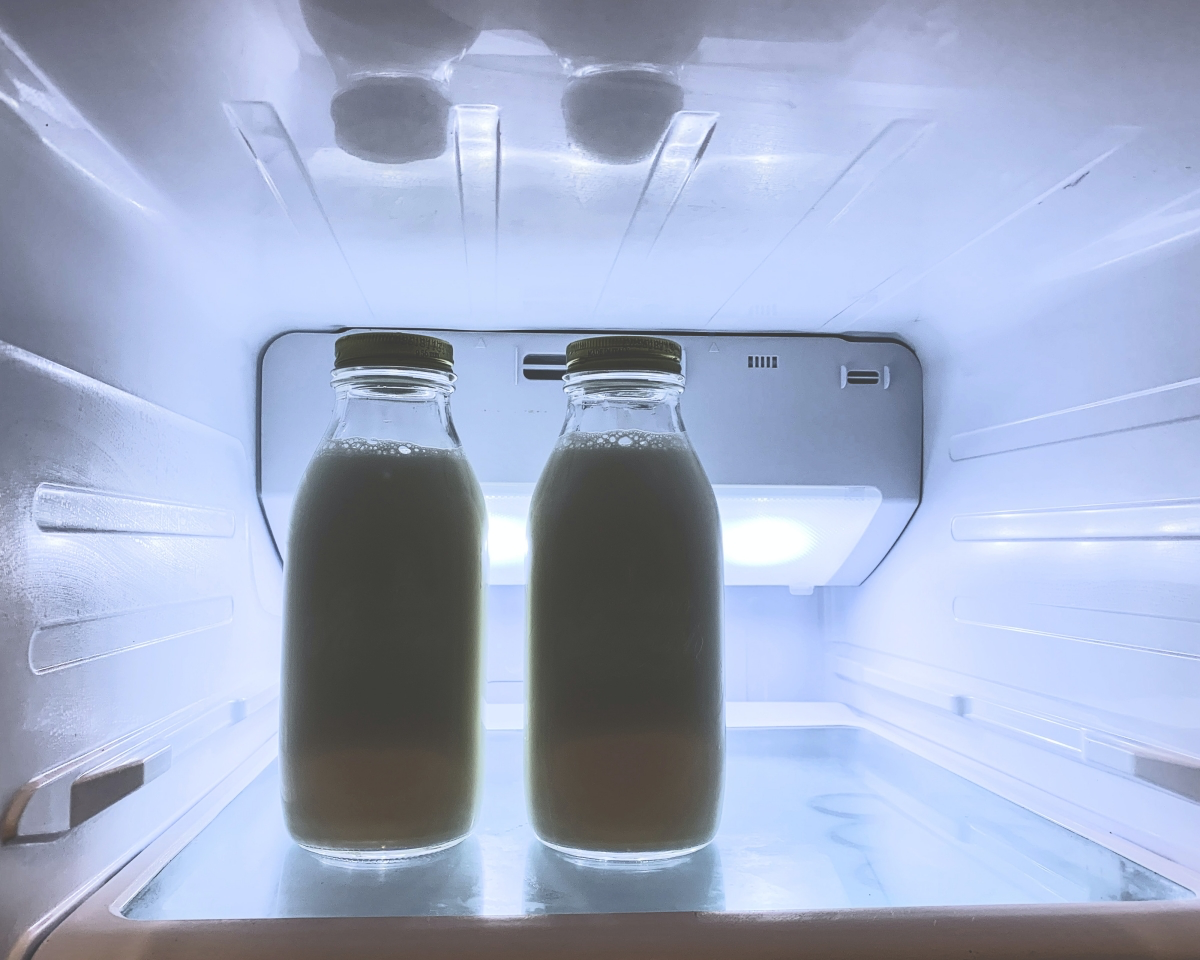
Troubleshooting: When Good Milk Goes Bad
Even with perfect habits, you’ll eventually face a questionable carton. Here’s how to know for sure if it’s spoiled, and what to do with milk that’s getting old but is still good.
The ‘Is It Bad?’ Checklist
That ‘use by’ date is more of a ‘best quality’ guideline. If you’ve handled your milk perfectly, it’s not uncommon for it to last a good 3-7 days past the printed date. But poor handling can spoil it much sooner. Always trust your senses, in this specific order:
- Look First. I know you want to go straight for the sniff test, but look first. Check if the container is bulging or puffy—a sign of gas from bacteria. If so, throw it out. If not, pour some into a clear glass. Is it clumpy, stringy, or yellowish? Bad signs. (By the way, the reason you look before smelling is that on the rare chance there’s visible mold, you don’t want to be inhaling those spores right from the carton.)
- Then Smell. Fresh milk smells faintly sweet or like nothing at all. If it smells sour, rancid, or just plain funky, it’s done.
- The Hot Liquid Test. This is a fantastic final check. If you’re still unsure, pour a splash of the milk into a cup of hot coffee or tea. If the milk is on the verge of spoiling, the heat and acid will make it curdle instantly. (This is exactly why your coffee sometimes looks gross and separated even if the milk smelled okay—it was right on the edge!)
And the golden rule always, always applies: When in doubt, throw it out. It’s not worth risking your health over a couple of dollars.
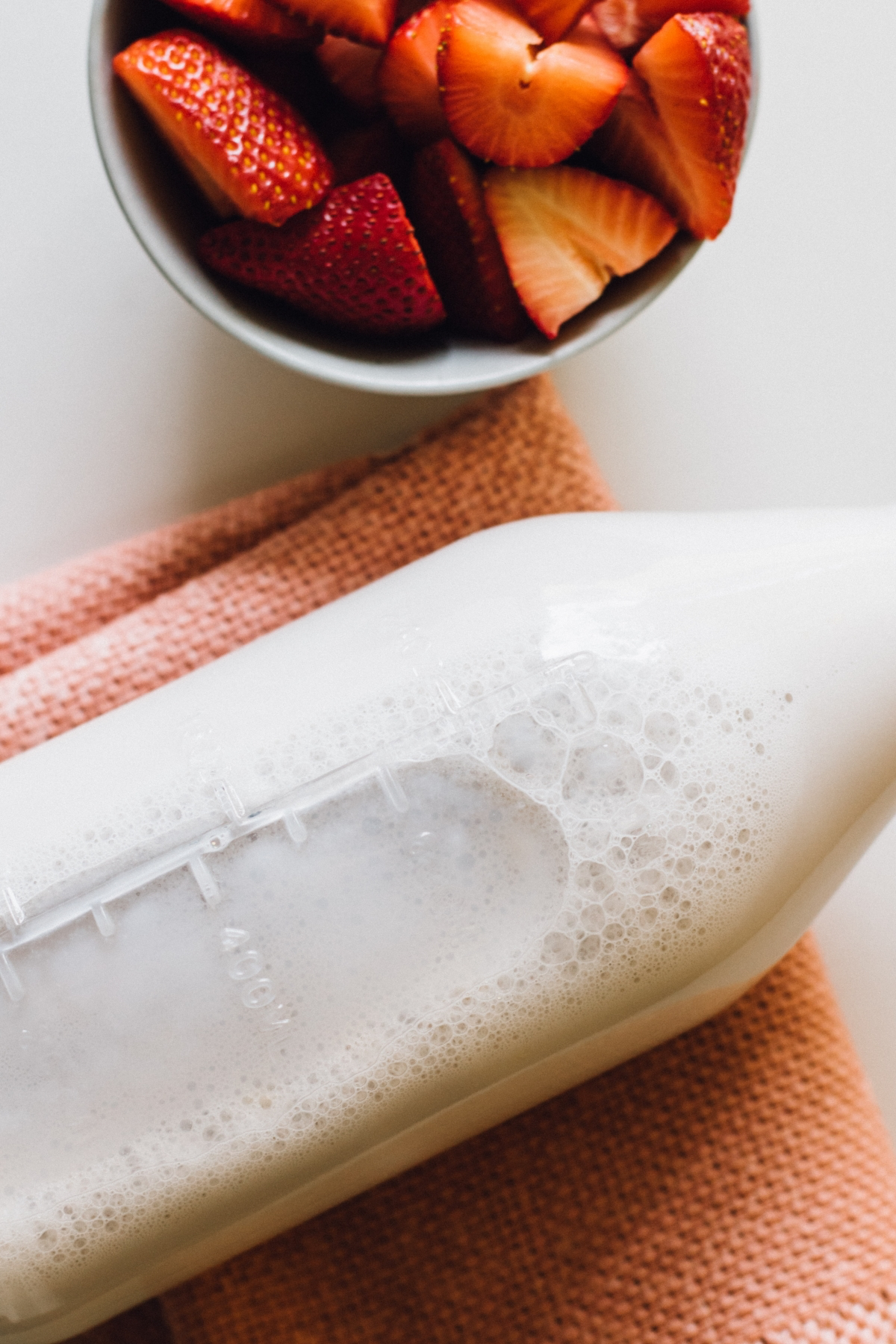
Using Up Milk That’s Nearing Its Date
If your milk is getting close to its expiration date but still passes all the sensory tests, don’t pour it down the drain! This is the perfect time to use it in cooking or baking, where it will be heated.
It’s great for things like pancakes, muffins, creamy soups, or bechamel sauce for a mac and cheese. It’s a smart way to cut down on food waste. Just to be crystal clear: this is ONLY for milk that is still perfectly good. Never, ever cook with milk that already shows signs of spoilage.
Can You Freeze Milk? Yes, But…
People ask me this all the time. Yes, you can freeze milk, but there are some major caveats. It’s a great way to save milk you can’t use in time, but it does change the texture.
When milk freezes, the water and fat separate. After you thaw it, the texture can be a bit grainy because the fat doesn’t fully mix back in. It’s not great for drinking straight, but it is perfectly fine for cooking and baking, where you’ll never notice the difference.
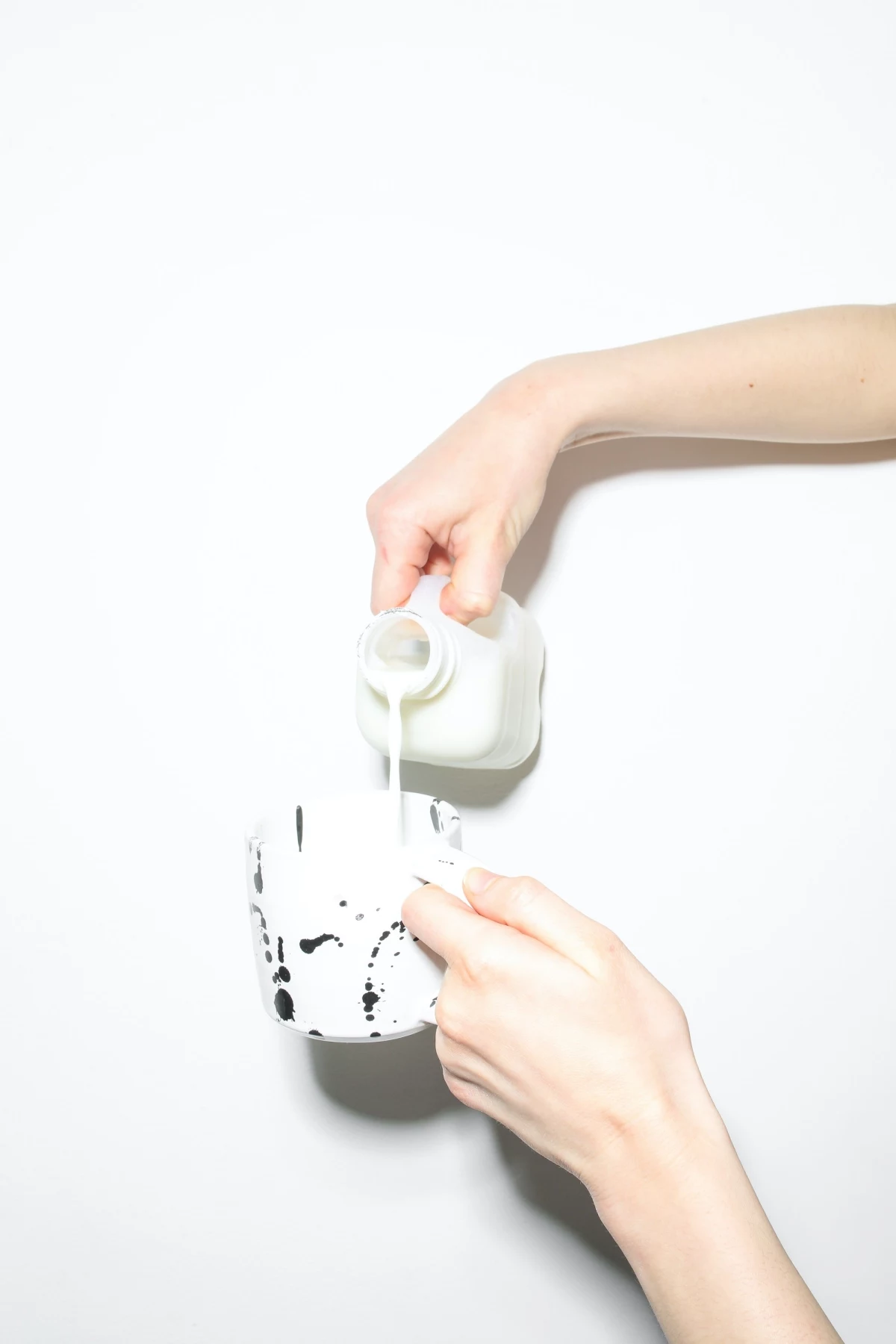
If you’re going to do it, do it right:
- DO leave at least 1.5 inches of headspace at the top of your freezer-safe container. Milk expands when it freezes, and you need to give it room.
- DON’T freeze milk in its original paper carton or a full glass bottle. They are very likely to burst and create a huge, messy, and unsafe situation. Use a freezer-safe plastic jug instead.
- DO label the container with the date. It’s best to use it within three months.
- DON’T thaw it on the counter. The only safe way to thaw frozen milk is slowly in the refrigerator over a day or two. This keeps it out of the Temperature Danger Zone. Once it’s thawed, give it a very vigorous shake to help remix it, and use it within a few days.
At the end of the day, handling milk properly is all about respecting the ingredient. It’s not complicated—it’s just a matter of keeping it cold, dark, and sealed. By adopting a few of these professional habits, you take control of the quality and safety of what you’re drinking. Your taste buds (and your stomach) will thank you.
Inspirational Gallery
The golden rule of milk storage: Never in the door. The refrigerator door is the warmest part of your fridge, with temperatures fluctuating every time you open it. The ideal spot is the back of the lowest shelf. It’s the coldest and most temperature-stable location, giving your milk the best chance at a long, fresh life.
A rule of thumb in the dairy industry is that for every 2°C (about 3.6°F) rise in temperature above the optimal 4°C, the shelf life of milk is cut in half.
Is it really okay to freeze milk?
Absolutely, but with a few caveats. Milk expands when frozen, so make sure to pour a little out of the container first to prevent it from bursting. When thawed (preferably in the fridge, not on the counter), the texture can change slightly—the fats may separate, making it a bit grainy. While some don’t mind it for drinking, thawed milk is perfect for cooking, baking, or adding to smoothies where texture is less noticeable.
The container your milk comes in plays a bigger role than you think in protecting it from light, its other big enemy.
- Cardboard & Opaque Plastic: These are your best bets. They effectively block light, which can degrade vitamins and trigger chemical reactions that lead to off-flavors, a problem known as light-induced oxidation.
- Clear Plastic & Glass: While aesthetically pleasing, they offer little protection from the light in your fridge or at the supermarket. If you buy milk in these, be extra vigilant about keeping it in the darkest part of your fridge.
- Stays fresh in your pantry for up to six months without refrigeration.
- Perfect for stocking up, for vacation homes, or for people who use milk infrequently.
The secret? It’s UHT (Ultra-High Temperature) milk. Brands like Parmalat use a different pasteurization process, heating the milk to about 280°F (138°C) for a few seconds. This sterilizes it completely, allowing it to be shelf-stable until opened.
Cow’s Milk: Spoilage is caused by bacteria, resulting in a distinct sour smell and clumpy texture.
Plant-Based Milk (Oat/Almond): These can also spoil, but the signs can be subtler. Look for excessive thickness, a slimy texture, a sour or nutty-but-wrong smell, or any puffiness in the carton. They often last longer once opened, but always check the label.
When in doubt with any milk, the ‘sniff test’ is your most reliable friend.
According to the USDA, dairy products are one of the most frequently wasted food categories in American households, with an estimated 25% being thrown away.
This staggering waste isn’t just about money down the drain; it represents wasted water, land, and energy. Proper storage is more than just keeping milk fresh—it’s a small but powerful act of sustainability that honors the resources used to produce it.
Got a half-gallon nearing its use-by date? Don’t let it go to waste—make fresh ricotta! It’s surprisingly simple: gently heat the milk (a whole-milk variety from a brand like Straus Family Creamery works wonderfully for a richer result), add an acid like lemon juice or white vinegar, and watch the curds separate from the whey. Strain them through cheesecloth, and you have fresh, creamy cheese perfect for pasta, toast, or dessert.
Before you toss milk just because of the date, trust your senses. A quick sniff is your best tool. Spoiled milk has an unmistakably sour or
- Leaving the carton on the counter during a long breakfast.
- Drinking directly from the carton, which introduces new bacteria.
- Pouring unused milk from a cereal bowl or measuring cup back into the original container.
- Not tightening the cap properly, exposing it to air and other fridge odors.










